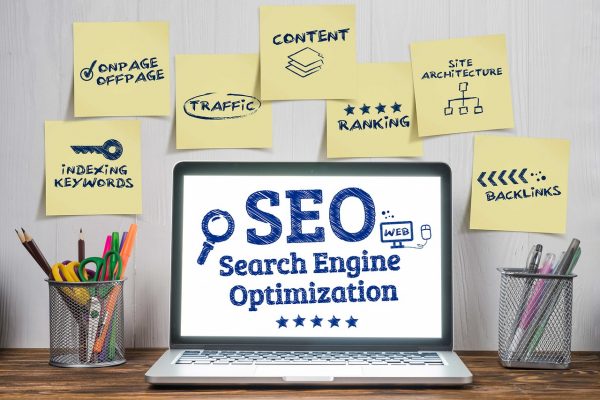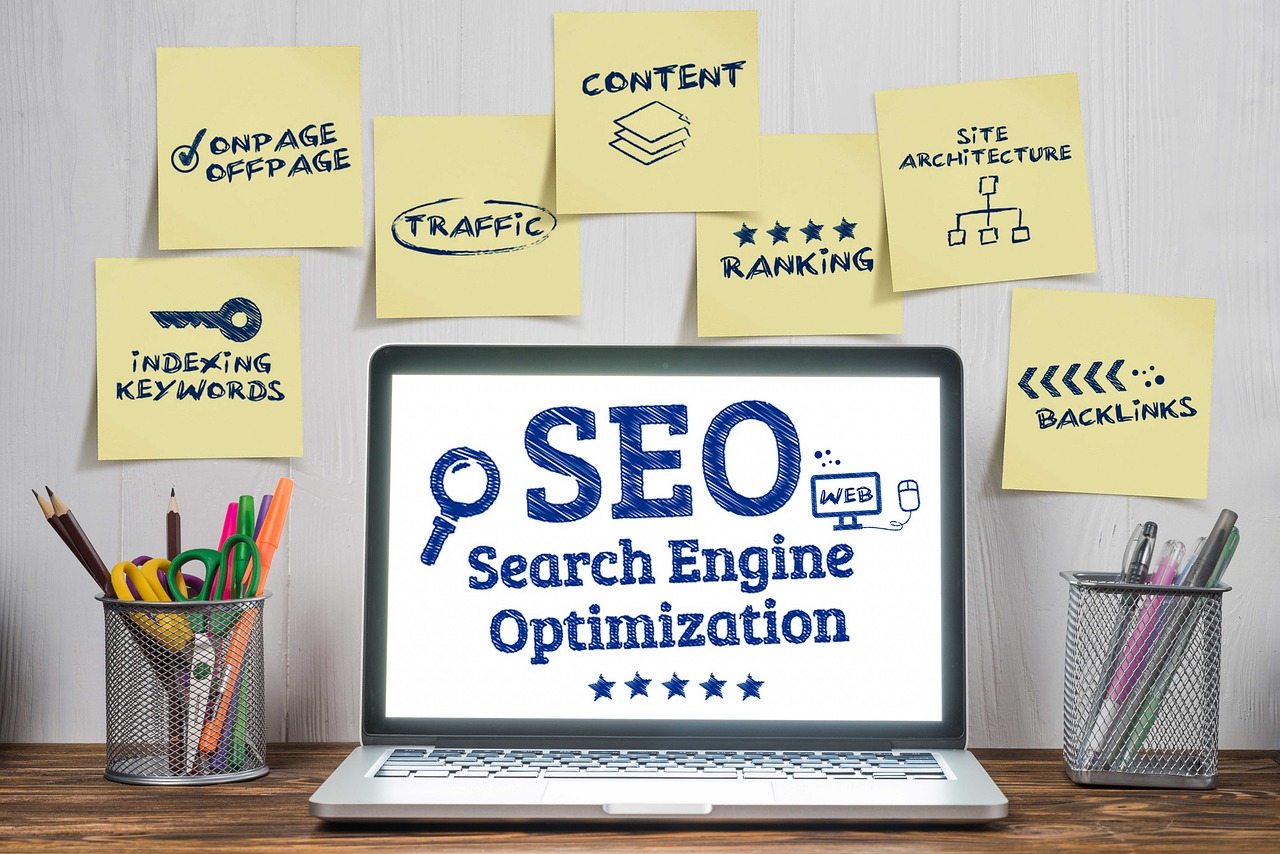

AI-Powered SERPs Are Here: Reshaping SEO Strategy for Human + Machine Audiences
Step into a new digital reality: search engine result pages (SERPs) are no longer the exclusive domain of humans. AI overviews, powered by developments from platforms like Google and Bing, are turning search into a collaborative space for both human curiosity and machine comprehension. Modern SEO strategies are moving beyond the old model of chasing blue links. Now, brands must think in two directions: crafting content that delights readers and feeds AI with the right semantic and structural signals.
Let’s map out how you can adapt your approach for this era, where your audience might just as easily be a language model as a living, breathing person.
The AI Takeover: Search is Not What It Used to Be
Did you know that as of late 2024, over 47% of Google’s results pages include an AI-generated response? This surge. Up from just a quarter a few months prior. Signals a major shift. Shoppers, researchers, and everyday users often see AI-generated summaries, which often provide an answer before they ever scroll down to organic listings. In tandem, the portion of searches that never result in a click has soared past 60%, illustrating the growing importance of on-page clarity and authority.
So, what’s changed for marketers and site owners?
- Clicks on organic blue links are declining. Users increasingly accept AI results, so brand visibility relies on being referenced or summarized in those overviews.
- Traditional ranking tactics aren’t enough. Now, the way your content is structured and the authority it projects matters more. For both machines and humans.
You’re no longer just writing for people. Every paragraph, table, and subheading is silently making its case to algorithms, too.
Optimizing On-Page SEO for Dual Audiences
How do you position content so it performs well in both AI overviews and classic search results?
1. Structure for Clarity. For People and Machines
Forget the days when keyword stuffing or superficial copy might push a page to the top. Both users and AI crave clarity and cohesion. AI-powered SEO implementations reward content with clear formatting, logical hierarchy, and distinct sections. Well-formed headings, concise paragraphs, and easily-parsed lists make content easy for readers to scan. And for language models to extract meaningful snippets.
- Use informative subheadings (H2s/H3s) that precisely describe what follows.
- Favor bulleted or numbered lists when presenting steps or takeaways. These are frequently surfaced in AI-generated answers.
- Short, declarative sentences help both humans and algorithms understand your main points.
2. Semantics Over Syntax
Content optimized for LLM citation leans on context and completeness. Cover your topic authoritatively, not just by repeating the main keyword, but by expanding with related questions, context, and supporting data. LLMs scan for semantically relevant content clusters. For example, if the topic is “AI-powered SEO,” crafting supporting answers to questions like “How do AI overviews select sources?” adds depth and machine cueing.
3. On-Page Signals that Feed Both Worlds
- Define your key points near the top of the page.
- Reinforce main ideas naturally throughout with supporting facts and schema.
- Balance design so it’s attractive yet simple for parsing. Not cluttered with intrusive pop-ups or fragmented text.
The best SEO strategies now consciously toggle between UX brilliance and machine-readability, knowing each audience interprets your page differently.
Scalable Structured Schema: The Backbone of Machine Readability
AI-powered search leans heavily on structured data. Schema markups that tell machines what your page is about in no uncertain terms. Search engines thrive on this digital ‘labeling,’ using it to surface details about people, products, services, events, and more in both classic and AI-driven results.
Why Schema Matters More Than Ever
- Structured data isn’t just for getting those rich snippets anymore. It acts as connective tissue for AI models, organizing site content into coherent, machine-readable graphs.
- Major search engines continue to expand the types of schema recognized: LocalBusiness, Product, FAQ, HowTo, Event, and even more nuanced+industry-specific options are now considered routine fields to implement.
- Comprehensive, well-maintained schema can improve your odds of citation or reference in generative AI search, as it spotlights your page’s topical relevance and authority.
Best Practices for Schema in 2025
- Implement schema across all core pages, not just a handful of posts.
- Keep data up-to-date. LLMs and search engines distrust outdated or broken markup.
- Consider advanced use: connect related entities, publish organization, author, and review details directly.
- Use tools or plugins to scale schema deployment across large websites without manual markup for every page.
Content Formats That Win in LLM Summaries and AI Search
Not all content types stand an equal chance when AI automates summaries or curates citations. Language models favor structure, straightforwardness, and relevance. What does this mean in practice?
Formats That Outperform
- FAQs: Direct questions answered with crisp, factual responses are a gold mine for LLMs. An FAQ block’s format mirrors how users prompt AIs.
- Step-by-step How-to Guides: Clear instructions, broken out by bullet points or numbered phases, are easy for AI to digest and regurgitate as standalone answers.
- Concise Lists and Comparison Tables: When users request summaries or side-by-side evaluations, skimmable comparison points and clear ranking criteria shine.
- Short, Cited Summaries: Opening sections that spell out the main idea or conclusion allow both humans and LLMs to grasp key points without scrolling or parsing dense walls of text.
Formatting for Machine Visibility
- Use markdown or HTML heading structure consistently across the site.
- Separate major points into distinct paragraphs.
- Embed context and clarifying details for each section, boosting both user understanding and machine cueing.
Focusing on these formats ensures your expertise is visible wherever the audience. Organic or AI-powered. Looks for it.
Brand Authority for LLMs: Building Signals Machines Trust
Standing out in AI-generated SERPs now relies as much on your digital reputation as on-site optimization. Large language models use a blend of signals to determine which brands and sites to reference, quote, or summarize in their responses.
What Signals Matter Most?
- Mentions from Trusted Sources: When reputable sites mention or link to your brand, LLMs interpret it as third-party validation. A vote of confidence that can elevate your authority in AI overviews.
- Consistent, Topical Publishing History: Maintaining a library of related content within a focused niche broadcasts expertise. Models are more likely to cite sources that have repeatedly provided value on a topic.
- Review Volume and Sentiment: User-generated reviews (especially positive ones from recognized platforms) send strong, credibility-boosting signals to both search algorithms and AIs.
- Accurate and Recurrent Schema Details: Clearly named authors, structured organizational details, and persistent publication schedules reinforce your identity to machines scanning for trustworthy entities.
Building Authority Over Time
Efforts like digital PR, active knowledge panels, and encouraging authentic customer feedback all accumulate authority. The trick is to focus not only on building traffic or backlinks for traditional rankings, but also on developing a durable, machine-recognizable profile that’s leveraged when AIs summarize answers or recommend resources.
The Balancing Act: UX Design and Semantic Clarity
Today’s best websites look as good to visitors as they do to crawling bots. User experience (UX) and semantic structure are intertwined like never before, and both shape your visibility in AI-powered search results.
Human-Centric, Machine-Friendly Design
- Intuitive navigation helps people find answers quickly and assists algorithms in mapping out content relationships.
- Readable layouts with ample white space, accessible fonts, and logical progression guide both users and AI through your material.
- Avoid clutter, distracting ads, or confusing pop-ups. They muddy both human perception and machine parsing.
Semantic Clarity for Maximum Impact
- Develop headings and section titles that anticipate the questions users or AIs might ask.
- Emphasize clarity at the sentence level. LLMs favor straightforward, fact-based statements.
- Use descriptive anchor text for internal links. This guides both readers and machines to related sections efficiently.
Remember, your website is speaking two languages at once. Make every page a bridge. One that facilitates a rewarding, intuitive journey for your visitors, while allowing AI interpreters to extract, structure, and cite your value accurately.
Ready for the Dual Audience Era?
SEO now stands at the intersection of human intent and machine comprehension. Seizing visibility on tomorrow’s SERPs means rethinking content. From layouts and schema all the way to formats and brand signals.
By combining clear, structured writing with scalable technical SEO implementations and authority-building tactics, every site owner can thrive in this new search environment. Your mission: honor your human readers while also feeding the algorithms, so you’re cited and referenced wherever decisions are made. Whether by a curious person or a sophisticated language model.
Ready to put your new SEO playbook to the test? Start refining your content using these dual strategies today, and ensure your brand stands out no matter who. Or what. Is looking.
Frequently Asked Questions
How do AI-powered SERPs decide which sources to summarize?
AI-driven responses prioritize sources with clear structure, recognized authority, recent updates, and strong third-party validation. Well-maintained schema, topical content depth, and brand mentions across trusted sites all help position your content for citation.
What kind of structured data should every website implement for better machine readability?
Pages should deploy standard schemas such as Organization, LocalBusiness, Product, FAQ, and Article. Expanding schema to cover specifics. Like recipes, events, or reviews. Ensures both humans and machines can quickly understand what your site offers.
Which content types are most often referenced in AI summaries?
FAQs, how-to guides, step-by-step breakdowns, and comparison tables perform especially well. Consistent use of headings and clear formatting increases the chance your insights will be featured.
Is there a conflict between creating user-friendly designs and optimizing for AI?
Not at all. A well-designed site with clear navigation, readable layouts, and accessible content enhances both human enjoyment and the ability for machines to parse and summarize your information.
What’s the best first step for brands adapting to AI-powered search?
Audit your current content for structure, clarity, and authority signals. Layer in scalable schema, polish up weak headlines, add FAQs, and focus on getting mentioned in reputable sources to strengthen your foundation for dual-audience success.







